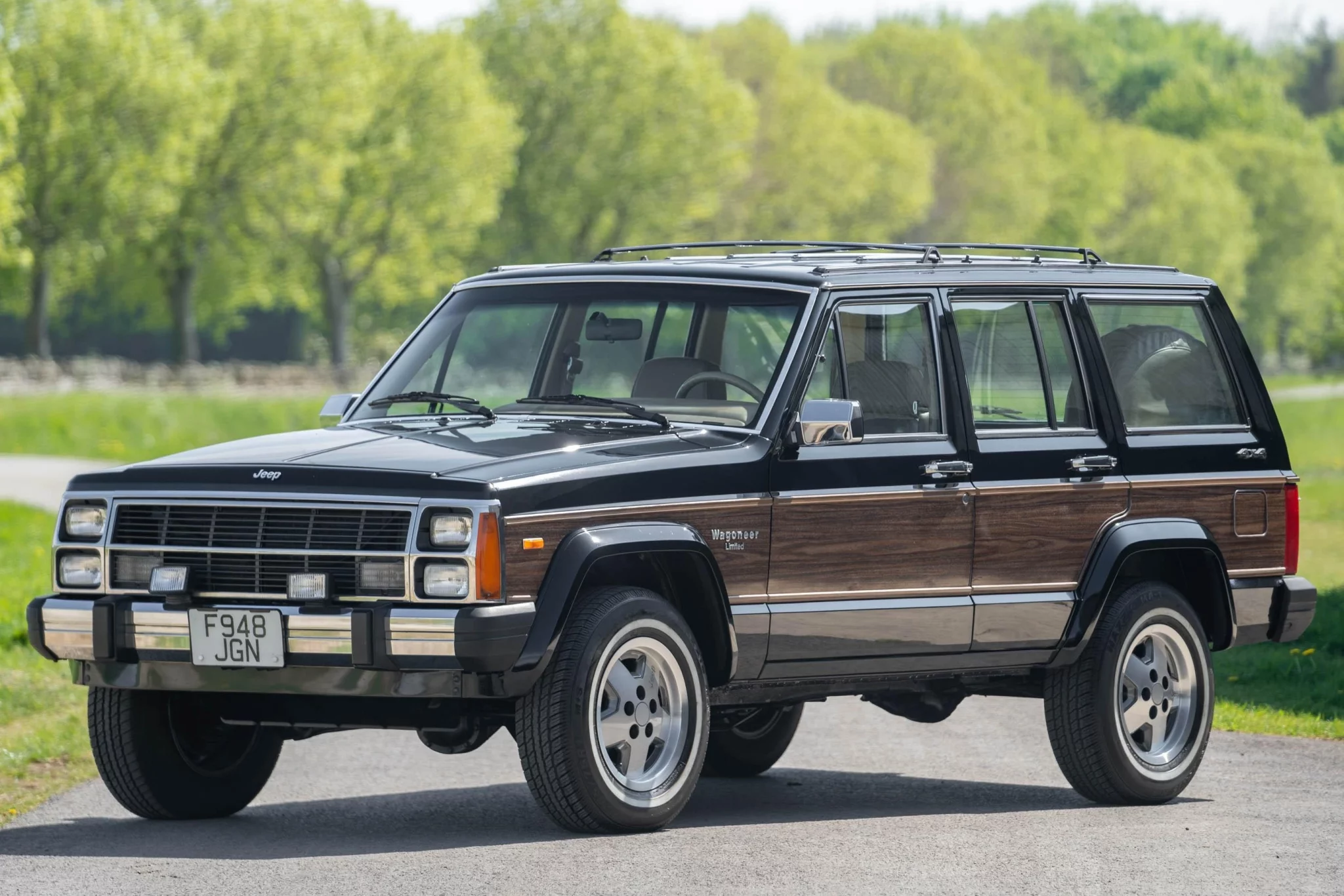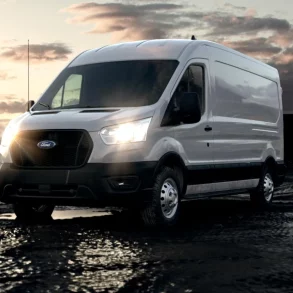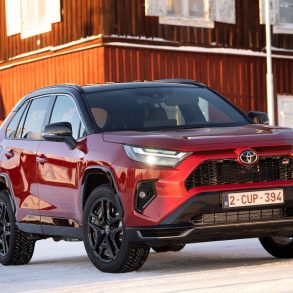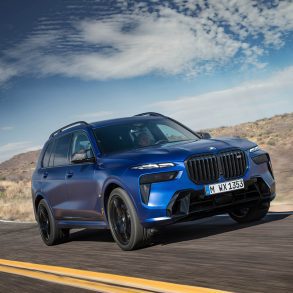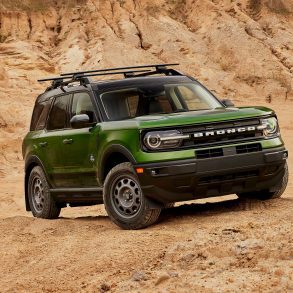Jeep Wagoneer XJ
The Jeep Grand Wagoneer may have been Jeep flagship for much of the 1970s and the 1980s, but it was by no means the sole Jeep model to sport a woodgrain jacket. It gets all the glory at auctions these days because those things aren’t cheap, but Jeep tried to capture sales lightning in a bottle on a couple of other occasions, reminders of which can be hard to spot in traffic today. And both of them occurred very early in the lifespans of two distinct Jeep models in the past 40 years. The first all-new tryout of wood siding in the past 40 years for Jeep coincided with the debut of the XJ Jeep Cherokee in 1984. The new, smaller model aimed to bridge the gap between the CJ Jeeps and the Grand Wagoneer, but it needed an upscale trim of its own. The Wagoneer handily filled that role, offering a number of premium interior features.
Jeep Wagoneer XJ Overview
The Jeep Wagoneer XJ refers to a specific trim and variation of the popular Jeep Cherokee XJ, produced from 1984 to 1990. The XJ platform was a significant departure from the traditional body-on-frame design that most SUVs used at the time, as it utilized a unibody construction. The Jeep Wagoneer trim on the XJ platform was more luxurious and upscale than the standard Cherokee.
Introduced in 1984, the Jeep Wagoneer as an XJ variant was part of Jeep’s effort to provide a more upscale and luxurious offering to the market. The XJ platform, which debuted in 1984, marked a turning point for Jeep. It moved away from the body-on-frame design in favor of a lighter, more efficient, and space-saving unibody construction.
The Jeep Wagoneer XJ differentiated itself from the standard Cherokee with a distinctive front grille, faux wood paneling on the sides (similar to the larger Grand Wagoneer), and other upscale exterior trim details. he interior of the Wagoneer XJ was also more luxurious, with features such as power windows, power mirrors, air conditioning, and plush upholstery. It was meant to cater to customers looking for comfort in addition to off-road capability.
Over its production run, the Wagoneer XJ was offered with a range of engines, including a 2.5-liter four-cylinder and a 4.0-liter inline-six. The inline-six, in particular, became renowned for its durability and reliability. Depending on the model year and specification, the Wagoneer XJ came with both manual and automatic transmission options. Being a Jeep, the Wagoneer XJ was renowned for its off-road capability and came with either rear-wheel drive or Jeep’s “Selec-Trac” or “Command-Trac” four-wheel-drive systems.
The Wagoneer XJ allowed Jeep to tap into a more luxury-oriented market segment without deviating from their off-road heritage. While the Cherokee XJ was more utilitarian, the Wagoneer offered a bridge between ruggedness and comfort. The success of the more upscale Wagoneer XJ helped pave the way for other luxury-oriented Jeep models in the future, reinforcing the idea that off-road capability and luxury aren’t mutually exclusive.

